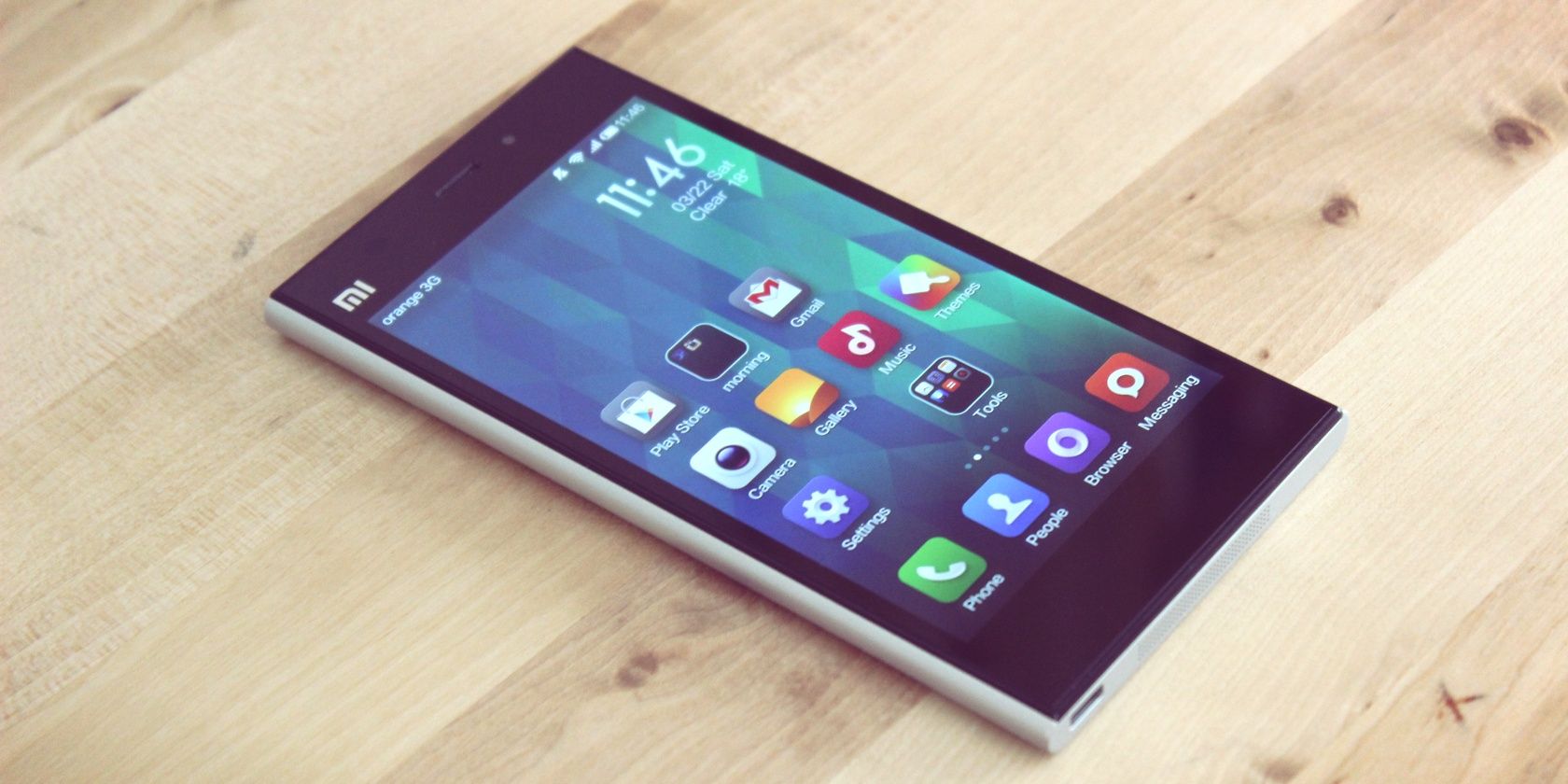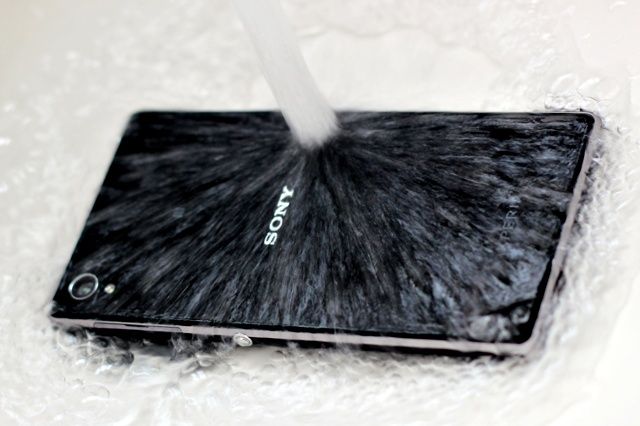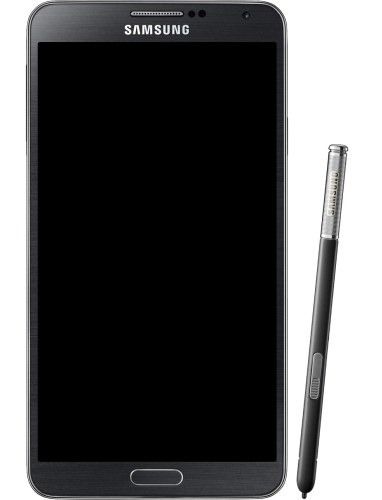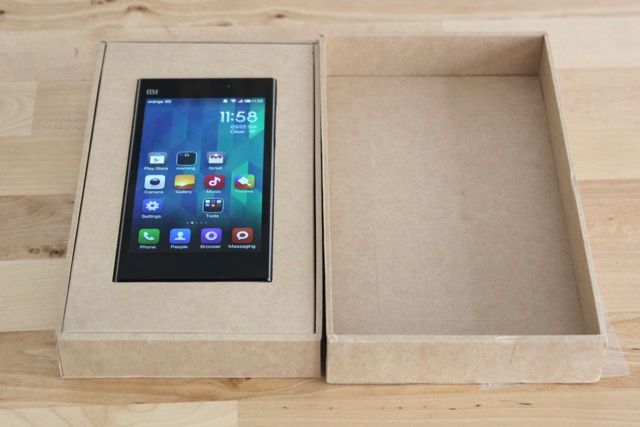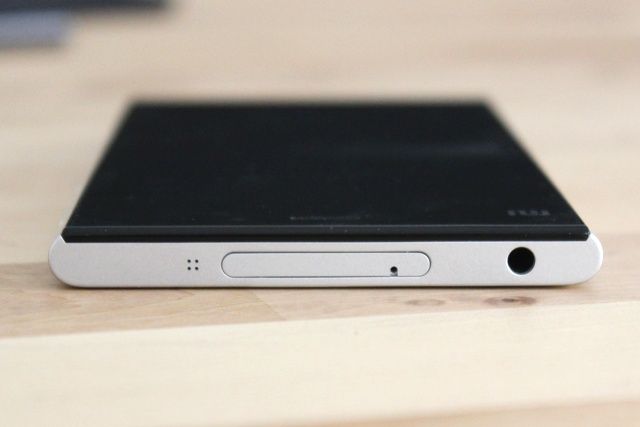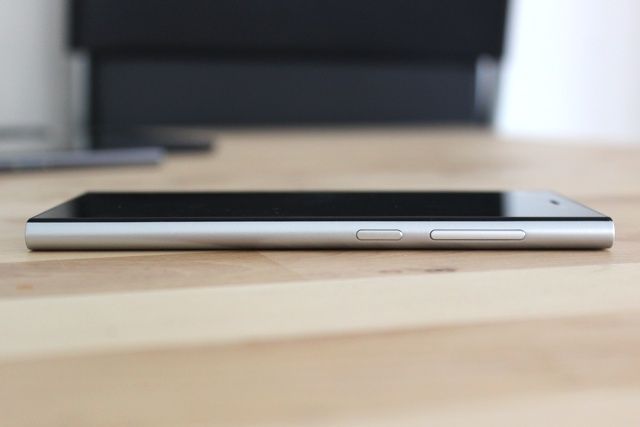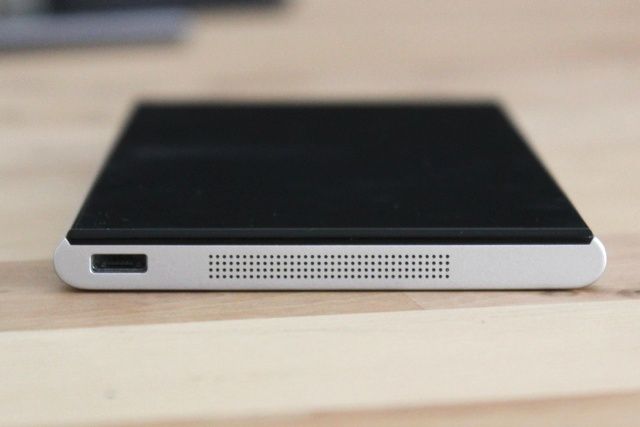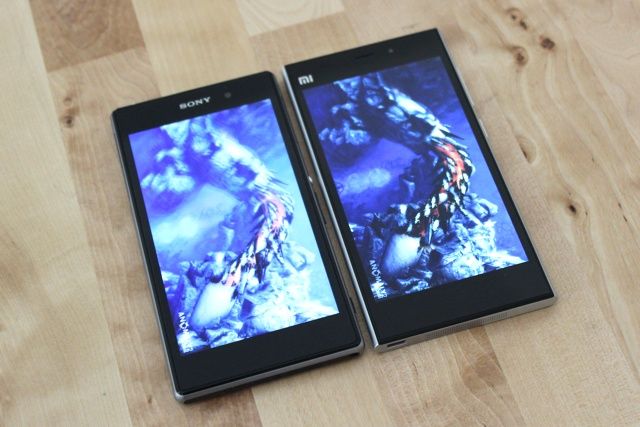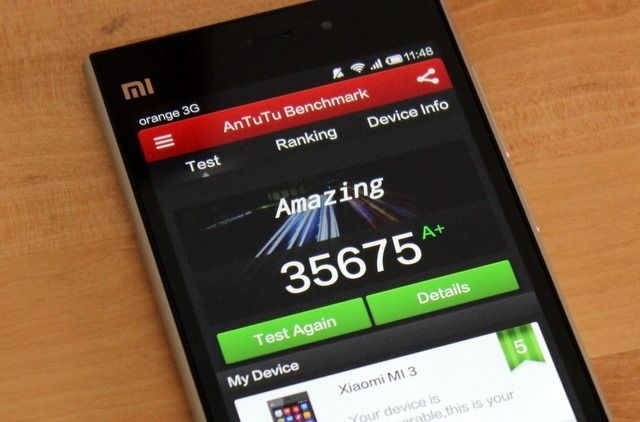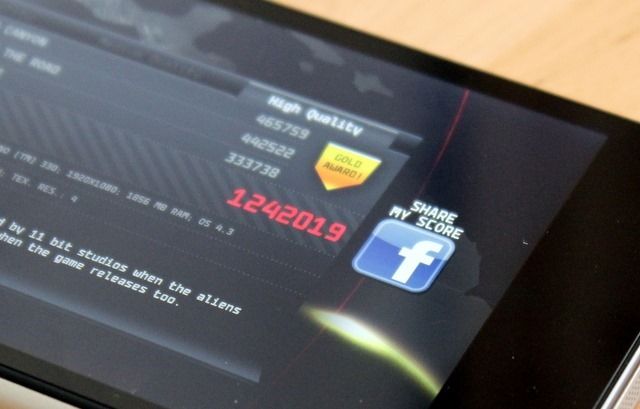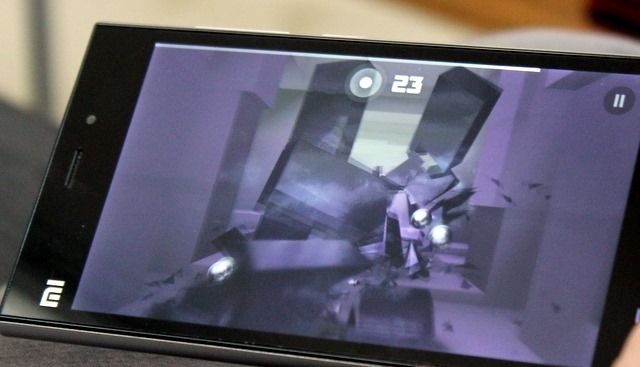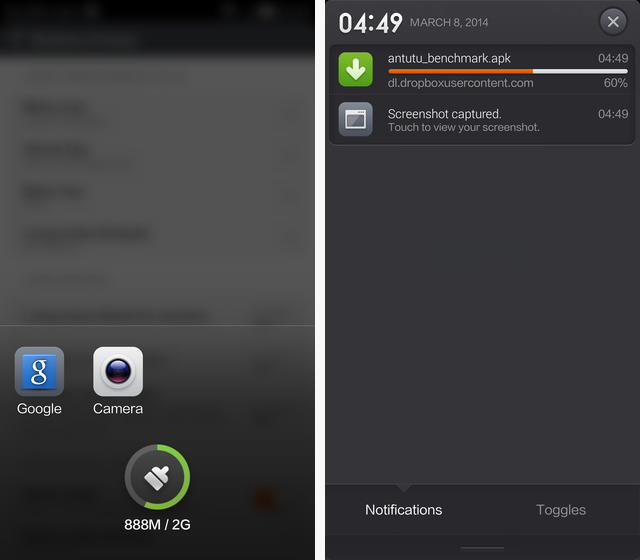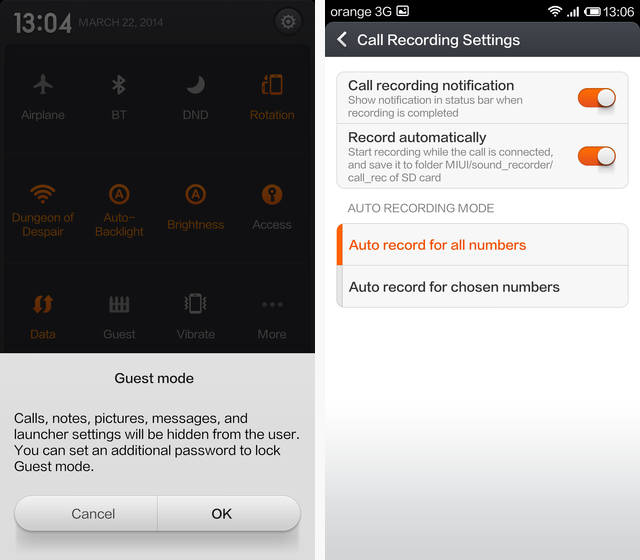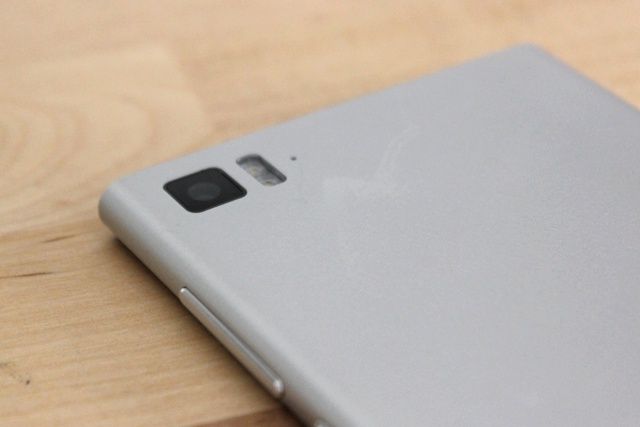Xiaomi Mi3
How about a $450 smartphone with a 5-inch screen? Or actually, how about a $450 smartphone that knocks the socks off $600 handsets? If that sounds like a compelling notion, you should meet the Xiaomi Mi3.
The Xiaomi Mi3 comes in two different versions, one rocking an NVIDIA Tegra 4 chipset, and the other (the WCDMA version) with a Snapdragon 800 chipset. We're going to be looking at the Snapdragon version.
http://www.youtube.com/watch?v=N7EyeCv_TFQ
Competitors
The Mi3's Snapdragon 800 chipset is joined by an Adreno 330 GPU, and backed by a quad-core CPU clocked at 2.3 GHz. You get two gigabytes of RAM, and this particular model comes with 16 gigabytes of flash memory. There is no external SD card slot, so that's all the storage you are going to get. All of this is powered by a 3050 mAh battery. If this sounds familiar, this is because these are current flagship specs for many phone makers. Let's look at a few of these. These are all Snapdragon 800 devices with an Adreno 330 GPU.
Sony Xperia Z1 - this waterproof beast retails for $600 and has the exact same basic specs as the $450 Mi3, save for two differences. It comes with a 20.7 megapixel camera, compared to the Mi3's 13 megapixel, and it has an SD card slot.
LG G2 - LG's impressive flagship can be found on Amazon for as low as $436, making it a formidable competitor. Same amount of storage, same chipset, same battery size. It is one alternative you should really research if you're thinking about the Xiaomi, the main difference being in the operating system and in the device's look-and-feel, with the G2's distinctive buttons on its back panel.
Samsung Galaxy Note 3 - The biggest difference here is in the screen size and included stylus, as well as Samsung's generally unpleasant TouchWiz interface. The Note 3 packs a somewhat larger battery, at 3200 mAh, but it also has a significantly larger screen at 5.7 inches (it's a phablet). It will set you back over $600 on Amazon.
What's In The Box
The Mi3 comes in an austere cardboard box. It doesn't even have any images -- just the pretty logo. Lift the solid lid, and there's the phone. You also get a USB cable and a charger, but no headphones. Frankly, the packaging is wonderful -- both elegant and businesslike.
Look and Feel of the Mi3
The Mi3 packs a 5-inch display, and weighs 145 grams. It's not a small device, but it doesn't tread the phablet line, either. It has a flat top and bottom, and the sides are nicely rounded. Holding it in your hand, the device feels solid and well-built. The outer shell is made of plastic, but it doesn't feel very plasticky.
The right side of the Xiaomi Mi3 holds a power button and a volume rocker; the top has a SIM card tray -- for a full-sized SIM card, surprisingly -- as well as a headphone jack. The left side of the phone is completely blank, while the bottom houses the speaker grille. On the back you'll find the camera, of course, as well as a shiny, silvery "Mi" logo.
The most noticeable thing on the Xiaomi Mi3 is actually the display. It is incredibly vibrant, with great viewing angles. The Xperia Z1's display is not one of its strong points, and the Mi3 simply puts it to shame.
Everyday Performance and Responsiveness
Let's start with a number: 36,408 -- that's the Antutu score I got on the Mi3. Benchmarks aren't everything, but they are... something. This is a bit more than what I got on the Sony Xperia Z1, and it smokes virtually every other device currently on the market. But here's a more interesting number:
This is what I got with the Anomaly 2 Benchmark -- and it is off the charts. This is about double of what I got with the Xperia Z1 on the same exact benchmark, which is interesting, seeing as how both phones have the same chipset and GPU.
In daily use, the Xiaomi Mi3 flies. The phone never lagged, no matter what I did with it. Admittedly, most of my work was not terribly demanding, but when it came time to play, it was a beautiful experience. I was able to play Smash Hit at the highest settings fluidly and smoothly for hours.
I did suffer one annoying glitch: Asphalt 8, a high-profile racing game that would have been a joy to play on the Xiaomi Mi3, simply would not start. I was able to navigate the menus, but as soon I was about to start racing, I'd get kicked out of the game. This was both consistent and annoying.
Another issue I experienced was while writing these very lines, after two weeks of using the device: I got a notification, but the screen would not turn on when I pressed the power button. I tried for several times, but ended up having to long-press the power button and forcibly reboot the device.
The MIUI Operating System: Android Reimagined
When phone makers customize Android, that is usually bad news. And make no mistake, MIUI is an extreme customization. Just like you can use an Amazon Kindle without realizing you're using an Android-powered device, the same can be said about MIUI. But you know what? It's not bad at all.
MIUI feels like it has more than a touch of iOS in it; it doesn't seem like Xiaomi is afraid of a lawsuit. For starters, there's the launcher: Unlike virtually every other Android homescreen app, there is no app drawer. You just have a series of home screens with app icons. Sounds familiar?
When you tap a folder, a smoothly, gorgeous zoom-in animation plays, and the folder pops into view with the rest of the launcher becoming blurry in the background. What a novel way to present a folder!
Swipe all the way to the left, and you'll see a search prompt. That's where the iOS illusion shatters: Tap it, and Google Now comes up... rather slowly, because it always has a delay when launching (even on the Nexus 5). That's a pity, because this interface could really use instant find-as-you-type search for apps.
The Recent Apps switcher looks completely different from the stock Android one, too -- but it's not very similar to the iOS one, either. You don't get any app thumbnails, just icons. There's a large button for terminating all apps and clearing away memory, but I never felt a need for it. The notification slider looks different, too. But you can change up the aesthetics by launching the built-in theme store and downloading one of the many themes available. Some cost money, though.
MIUI includes some comfort features you will not find on stock Android. For one thing, it has built-in call recording -- no third-party apps to fiddle with. It can put the phone into one of three performance modes, and there is a built-in Guest Mode that hides your calls, notes, pictures, messages, and launcher settings.
The ROM is not without its rough edges. Going into About Phone, I was met with a software update button -- but tapping it simply kicked me out. The phone also couldn't seem to make up its mind as to whether or not it was rooted -- it wasn't, but some apps claimed it was.
I could go on and on describing MIUI itself, but perhaps the most telling thing about this unique Android flavor is that Xiaomi has made it available for third-party devices at no cost. You can simply go to the official MIUI site and download the ROM for your current device. Xiaomi isn't hoarding the fun -- and this is one ROM you should try on for size.
The Camera
The Xiaomi Mi3 packs a 13-megapixel camera backed by a Sony Exmor sensor, with a bright f/2.2 lens and a dual LED flash. It is a good camera:
Sadly, the camera app is one of MIUI's less reliable parts. For one thing, there is a setting that controls what the volume button does. A long press on the volume button can either trigger rapid-fire shooting, or it can autofocus the image. That's the theory, at least: In practice, I was unable to make it autofocus - it would only trigger rapid shooting, no matter which setting I selected.
The camera app's built-in HDR feature was a happier surprise:
While HDR shots were not free of the typical camera blur (an unavoidable artifact of the technique), they were nice-looking, with natural tones.
The lack of a physical camera button came as a disappointment. You can launch the camera by swiping from MIUI's custom lockscreen very quickly, though.
Serious Bang for The Buck
The Mi3 is not waterproof; it does not have a user-replaceable battery, and it has no physical shutter button. But it is an absolute beast in the specs department, features a gorgeous screen, and can shoot lovely photos. I could see myself using it on a regular basis -- it's just a good phone. For less than $450 (actually less than $400 in this particular eBay listing), the Xiaomi Mi3 offers excellent value for money. It may not be widely available in stores, but hunting for it online would be a good idea.
[recommend]MakeUseOf recommends: Buy it.[/recommend]
The Winner
Congratulations, Rena Clark! You would have received an email from jackson@makeuseof.com. Please respond before May 22 to claim your prize. Enquires beyond this date will not be entertained.
Send your products to be reviewed. Contact Jackson Chung for further details.

